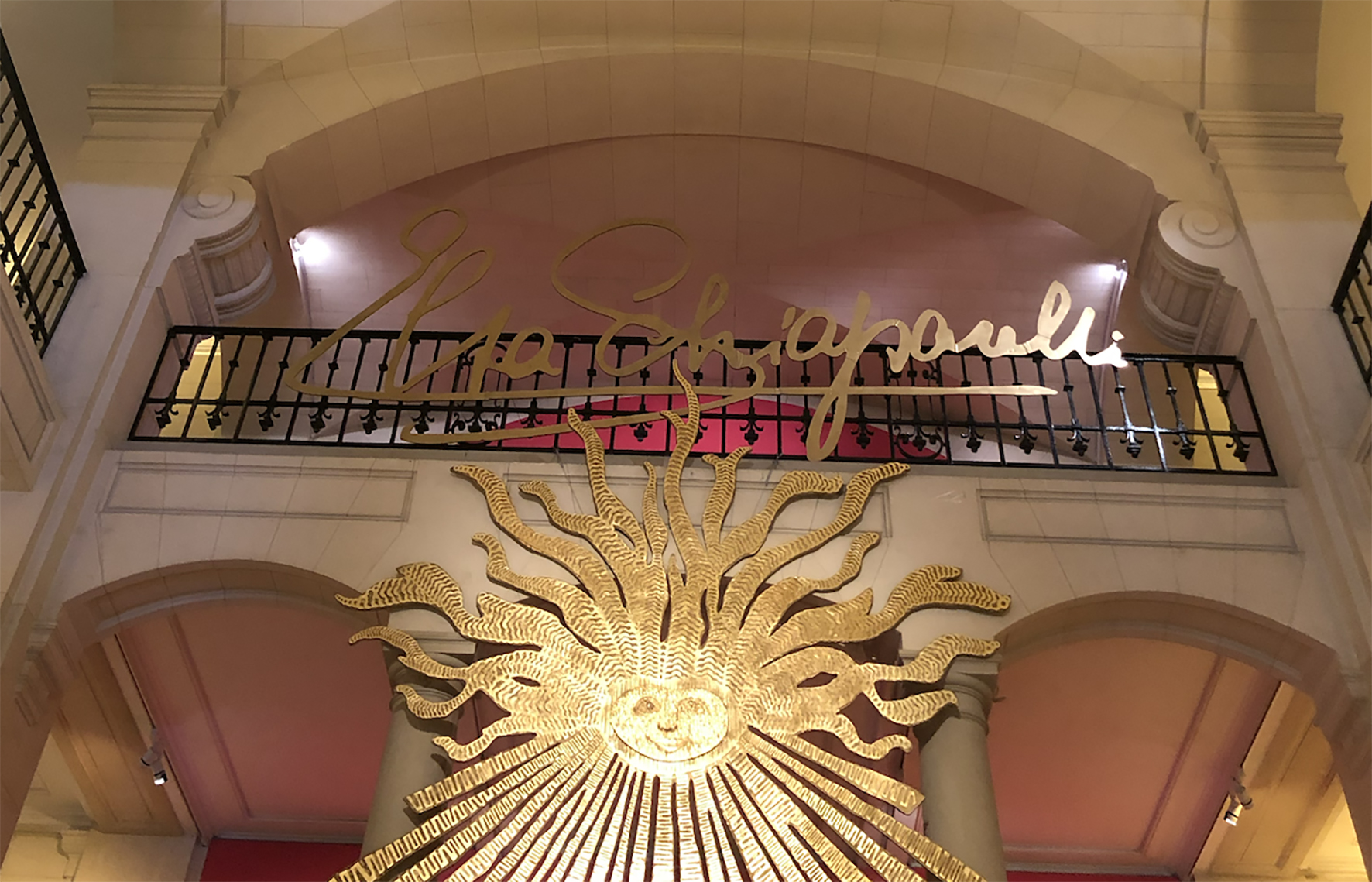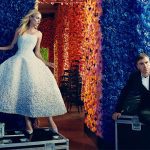Pink! Surrealism! Italian! Bias-cut! Fashion x Art!
All these words spiral into the orbit of one woman. One vision. One name: Elsa Schiaparelli.
She lived in the same era as Salvador Dalí, Marcel Duchamp and Jean Cocteau, and was a contemporary of fashion icons Paul Poiret, Madeleine Vionnet, Gabrielle Chanel in Paris, and Cristóbal Balenciaga in Spain.
At the Musée des Arts Décoratifs in Paris, her legacy is honoured with a major retrospective: “Shocking! The Surreal World of Elsa Schiaparelli.” It’s a love letter in 577 pieces—212 of them her own silhouettes and accessories—set in dialogue with the works of her closest collaborators and fellow rebels: Man Ray, Dalí, Meret Oppenheim, Jean Cocteau, Elsa Triolet and more. Also featured are modern tributes by designers such as Yves Saint Laurent, Azzedine Alaïa, Christian Lacroix and John Galliano. Daniel Roseberry, creative director of Maison Schiaparelli since 2019, adds his bold vision to this continuum, reinforcing the dialogue between Schiaparelli’s fantastical world and contemporary couture.
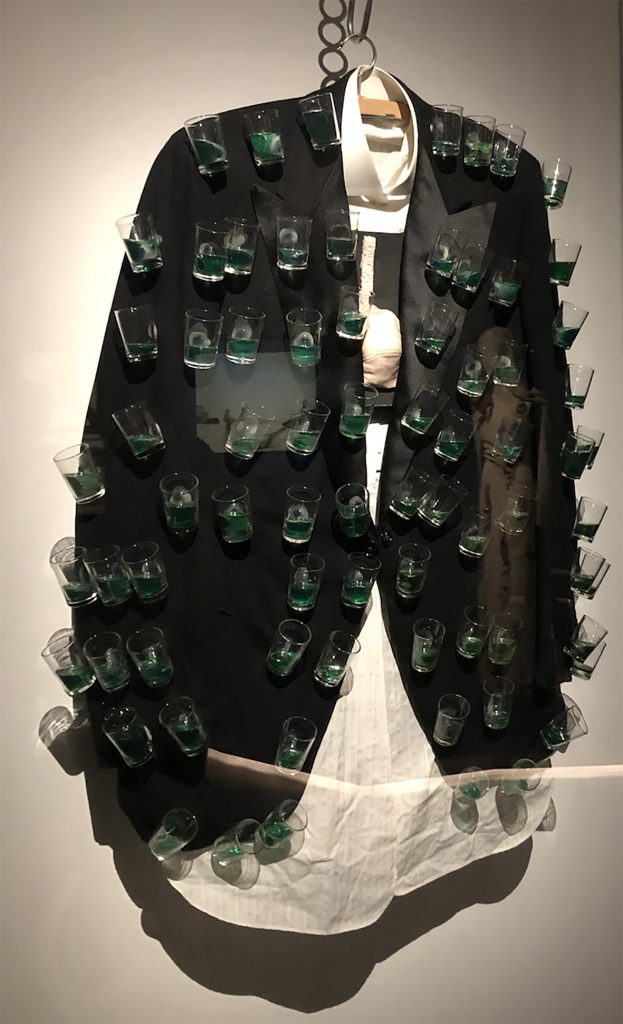

Schiaparelli’s style was a dramatic blend of eccentricity and Italian elegance. Known for her use of Shocking Pink, surrealist motifs and unconventional silhouettes, she redefined how women dressed. Long before ‘interdisciplinary’ was a thing, she collaborated across art forms. From Dalí’s lobster dress to Cocteau’s embroidered faces—her creations were as much wearable art as they were fashion statements.
Where Chanel borrowed from the boys, Elsa turned the female form into theatre. Power dressing, before it had a name. Exaggerated shoulders. Surreal accessories. Insect buttons. Gloves with painted nails. And the eccentric shoe-hat, in collaboration with Dalí.
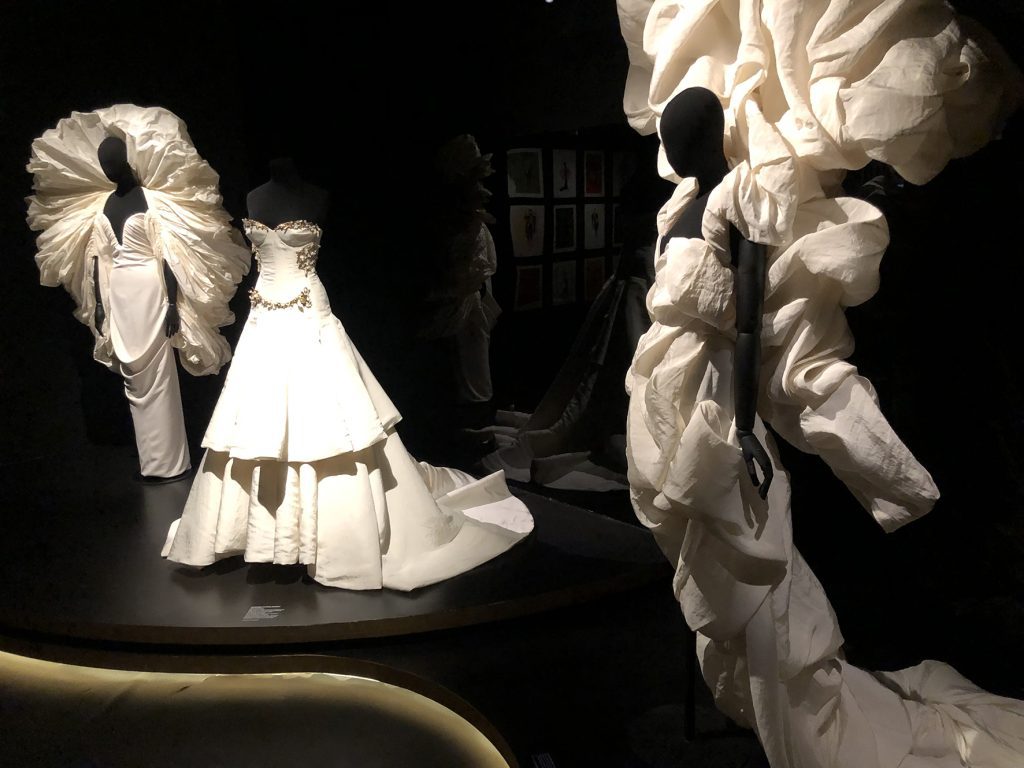
To anchor this dreamscape, a short timeline:
1890 – Born in Rome at Palazzo Corsini. Aristocrat by blood, rebel by nature.
1920s – Circles Duchamp and Man Ray. Avant-garde is home.
1927 – Debuts trompe-l’œil sweaters. The world blinks.
1935 – Her salon opens at 21 Place Vendôme. Jean-Michel Frank does the honours.
1936–37 – Collaborates with Dalí. Launches Shocking, her scent in a pink torso.
1940–45 – Heads to the U.S. during the war.
1947 – Hires a 19-year-old Hubert de Givenchy. The rest is couture history.
1954 – The House closes. Fashion loses a provocateur.
1973 – In Paris, aged 83, Schiaparelli passed away.
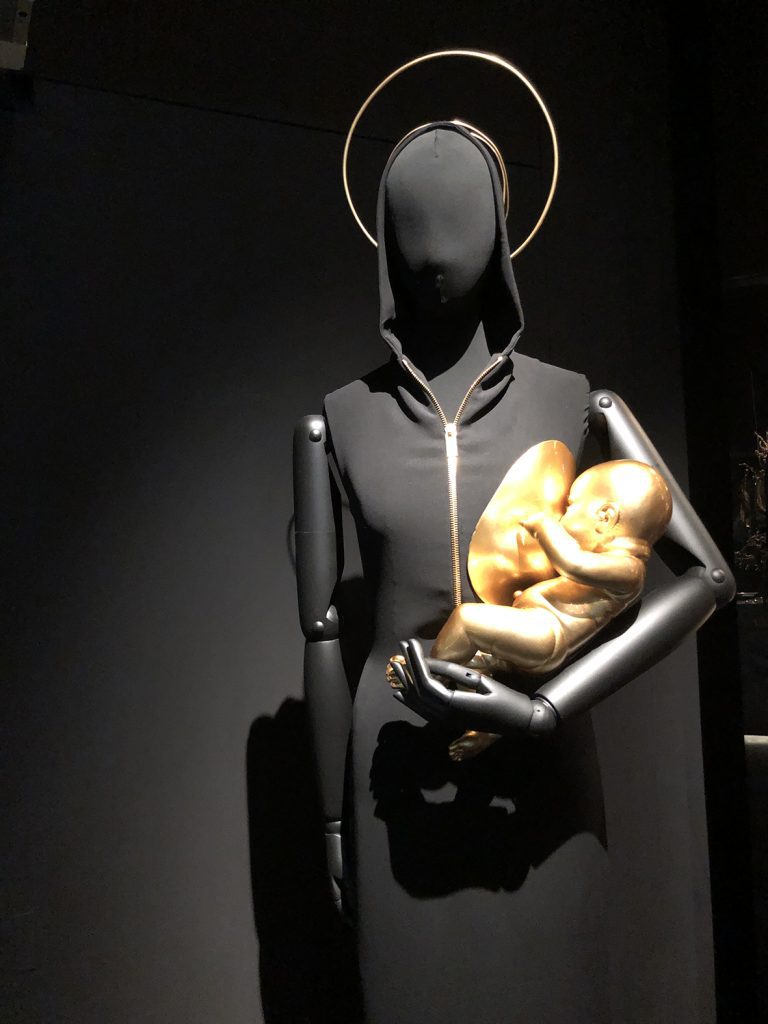
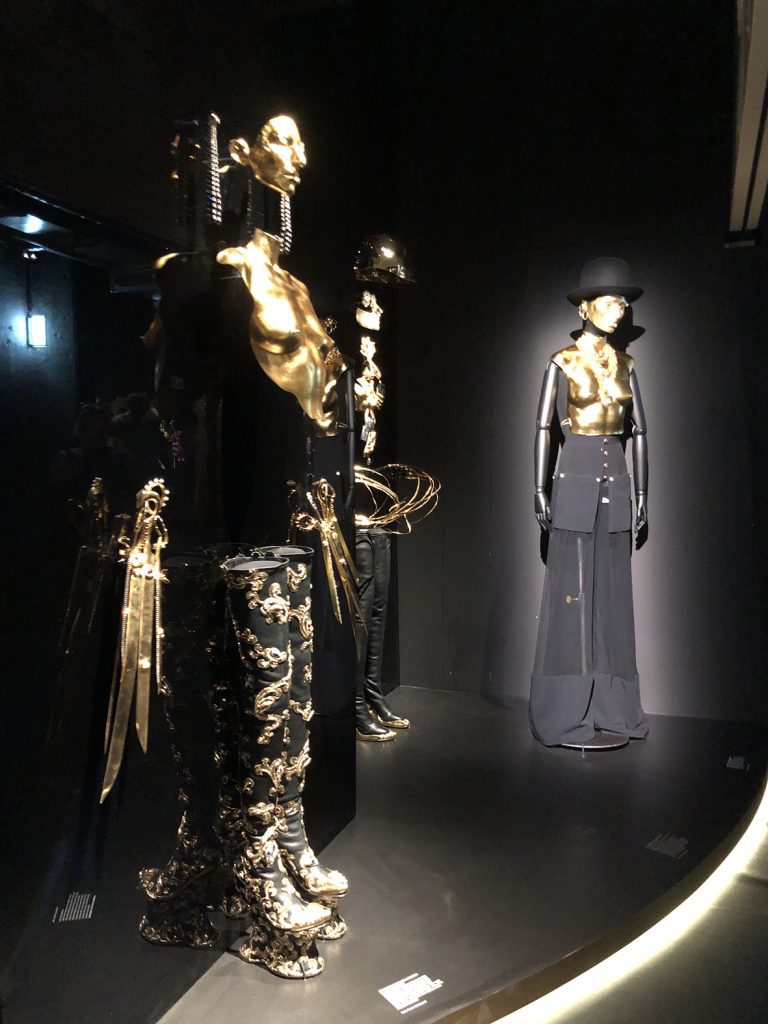
In 2007, Italian luxury tycoon Diego Della Valle breathes life into the dormant house. In 2012, designer Bertrand Guyon returns the House to the catwalk. But it’s Daniel Roseberry—appointed in 2019—who takes it to the stratosphere. His Schiaparelli is sculptural, gilded, surreal. He turns the body into canvas, jewellery into drama, couture into conversation. Today, Schiaparelli is a playground of shapeshifting silhouettes full of surreal imagination.
Elsa Schiaparelli was a poet, a provocateur, a strategist in silk. She coined Shocking Pink before Barbie made it mainstream. And yes, she created the now-iconic trompe-l’œil bow sweater—decades before I found a near-perfect twin from the Dutch brand KIND, still in my wardrobe.
This exhibition is a deep dive into a headspace where clothing becomes concept and couture becomes commentary. In the final rooms, with Roseberry’s creations, this Maison has found its new galaxy.
Schiaparelli once said, “In difficult times, fashion is always outrageous.”
And I couldn’t agree more.
All images by author, courtesy of Schiaparelli and Musée des Arts Décoratifs.
www.schiaparelli.com
